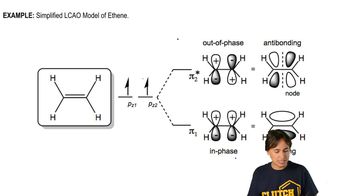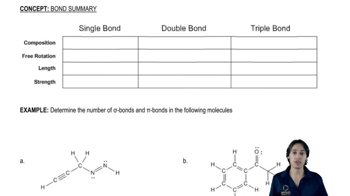Draw the structure for each of the following:
a. 3,3-dimethylcyclopentene
b. 6-bromo-2,3-dimethyl-2-hexene

 Verified step by step guidance
Verified step by step guidance Verified video answer for a similar problem:
Verified video answer for a similar problem:



 1:55m
1:55mMaster How to name alkenes and alkynes with a bite sized video explanation from Johnny
Start learning